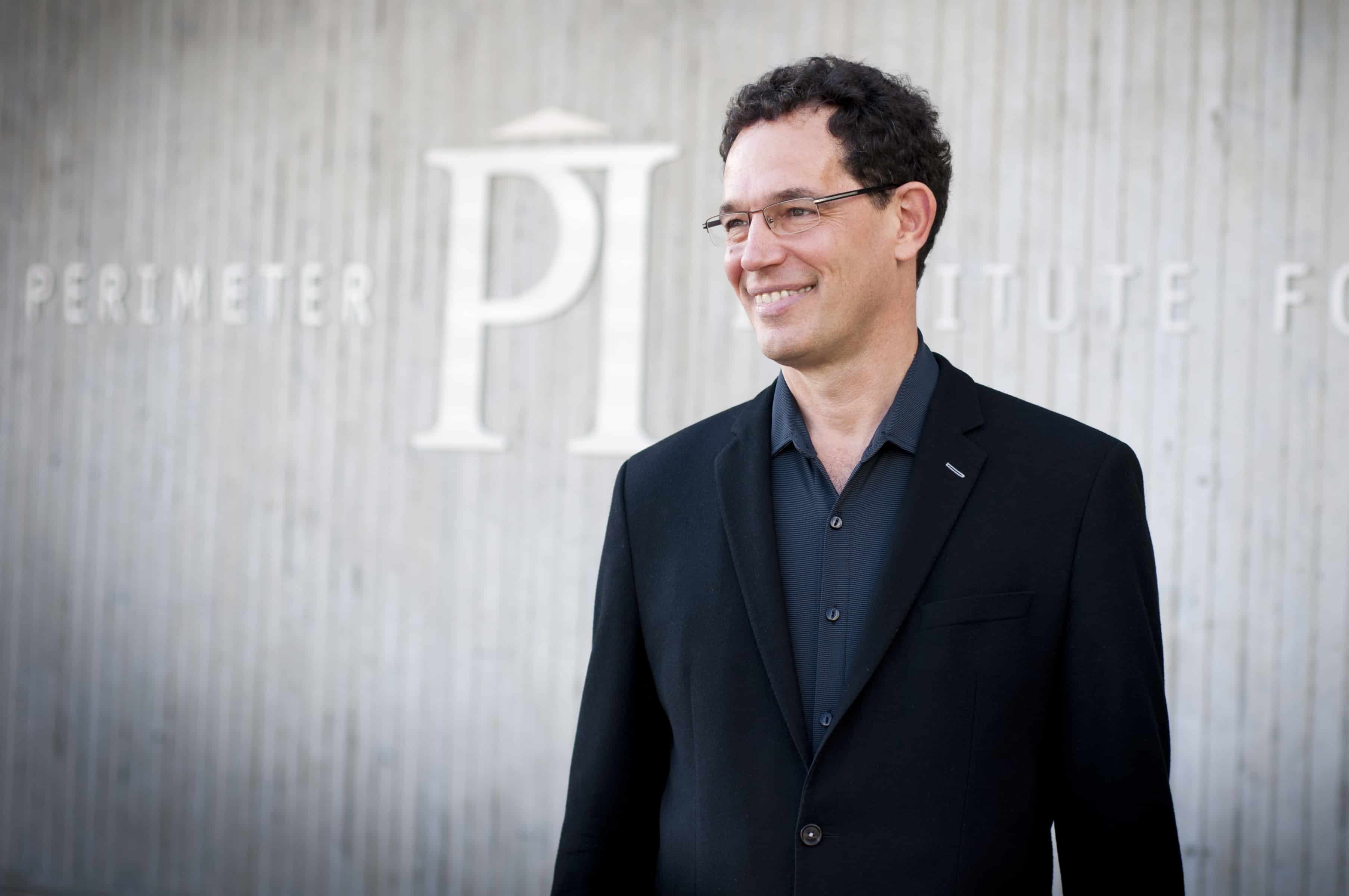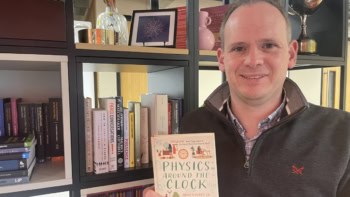
By Louise Mayor in Waterloo, Canada
Right now, top physicists from around the world are arriving in Waterloo, Canada, to attend a unique conference. Christened Convergence, the meeting is the brainchild of Neil Turok, director of the Perimeter Institute for Theoretical Physics (PI) in Waterloo, where the event will be based. I spoke to Turok to find out what motivated him to set up this conference, what makes it so special, and what he hopes it will achieve.
“I had a feeling about the future of physics that at the time few people shared,” says Turok, describing his thoughts around two years ago when he first proposed the idea of the conference to colleagues at PI.
Turok explains that the “large bandwagon” of the last 30 years has not found experimental support. The bandwagon in question is the Standard Model of particle physics established in the 1970s, which, he says, people have been elaborating ever since. “Grand unified theories, supersymmetry, string theory, M-theory, multiverse theory,” he lists. “Each is not particularly radical, but is becoming ever more complex and arbitrary.”
To illustrate the lack of experimental support for these ideas, Turok describes how many people were hoping string theory would represent a radical development; but since string theory – as currently interpreted – leads to the multiverse, Turok describes it as the “least predictive theory ever”.
Indeed, experimental support has not been found for other extensions of the Standard Model either. “We have discovered the Higgs and nothing else,” says Turok, “yet the vast majority of theorists had been confidently predicting WIMPS (weakly interacting massive particles) and supersymmetric particles…Theorists are walking around in a bit of a stunned silence.” He adds that it could turn out to be right that all sorts of other particles are needed along with the Higgs – but that thought seems to be misguided.
“My view is that this has been a kind of catastrophe – we’ve lost our way,” he says. “What we need are ideas as simple and radical as in the start of the 20th century with quantum mechanics.”
So what might these ideas look like? Turok explains how observations have shown that the universe is simpler than we ever expected – in contrast to our theories, which are becoming ever more complex. For example, Planck has mapped the CMB (cosmic microwave background) sky and we have found that only two numbers are needed to describe it. The hydrogen atom is another example of something that can be described with a simple model – only three numbers are required.
“Yet theories about multiverses, et cetera, have all kinds of parameters,” says Turok. “The theories are just way more complicated than the phenomena.”
A non-standard kind of meeting
Turok’s view of standard scientific conferences is that they tend to be rather predictable and unchallenging to established ideas. “You normally know everyone speaking and what they’re going to say,” he says.
So what will Convergence do differently? First, it will bring together all fields that are giving interesting clues, including experiment and theory. Second, invitees are strongly encouraged to come with an open mind. “Convergence,” says Turok, “aims to bring theorists and experimentalists together in humility – acknowledging that other methods haven’t panned out. We need to say in an honest way where we’re stuck.”
The conference programme runs for a week and consists of workshops and talks in equal measures. At the workshops – which kicked off the conference proper today – 11 different round-table groups will discuss 20 questions chosen from 170 suggested by the attendees. “So we’re beginning with challenging people to ask questions and raise doubts,” says Turok. Talks, meanwhile, will be relatively short and not technical, and are running in a single stream rather than parallel sessions; there are only 14 of them, plus two panel discussions.
Turok says he’s finding Convergence is “achieving a great resonance with a great many people.” This reaction contrasts with when he first proposed the idea to colleagues, who at the time, he says, thought he was “off his head”.
I asked Turok what had changed between then and now – what had eventually made the conference happen? “The biggest thing that helped was the BICEP measurement,” he says. “Inflationists came out of the woodwork and said, yay, we were right…then they realised they’d forgotten about dust.” This led people to the realisation, he says, that even though hundreds or thousands of people are working on an idea, it may still be wrong. This episode “made people aware we need to be more objective about what we’re doing,” he says. (This Physics World article describes the BICEP2 episode Turok is referring to.)
Above all, what Turok says he is trying to achieve with Convergence is to inspire young people and people entering the field to come up with new approaches to tackle the big problems. “The hope is that very radical new ideas about space, particles, the field and the cosmos will emerge,” he says. He explains that while we already see the seeds of these ideas, what we need is to encourage young people to be radical and not just follow the same ideas as those before them.
“It’s going to take another Planck, Einstein or Bohr to see through the next big idea.”
To follow the conference as it unfolds you can watch all the talks as they are live-streamed; keep an eye on the Physics World blog where my colleague Hamish Johnston and I will be reporting from, as well as the official PI Convergence blog; and if you use Twitter, you can search for the hashtag #piCONVERGE.
“It should be fun. It’s an experiment,” says Turok. “Let’s see what happens.”



